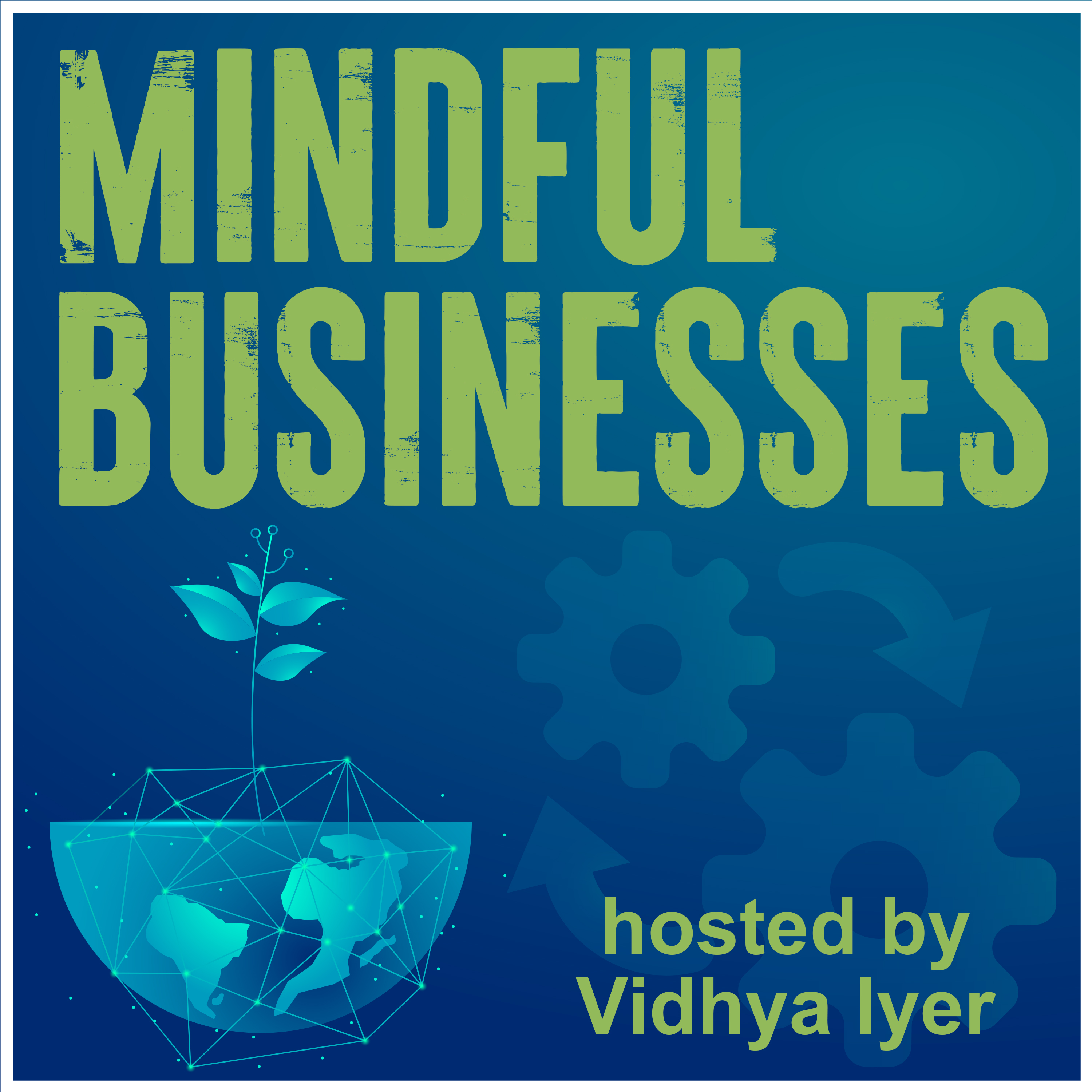66: Bengal Muslin
Woven Air – as muslin was known in the 1600s…the Portuguese legend said it was the fabric woven by mermaids. What makes a fabric muslin? The original muslin was produced solely from a cotton plant called, Phuti Karpas, which grew exclusively along the banks of a certain stretch of the Brahmaputra river. The extracted cotton was then hand-spun into an extraordinarily delicate yarn in villages near Dhaka, Bangladesh. Six yards of muslin cloth could be fitted into a matchbox, sixty yards would fit inside the shell of a coconut, a pound of this yarn could be stretched for 250 miles.
The finished cloth woven on looms that have barely changed over the centuries was sought after by royalty and traded globally across the Middle East and Europe during the 16th and 17th centuries, earning enormous revenue for those involved in its trade. Tragically, the industry was deliberately and cruelly erased by past colonial rulers, especially the East India Company and replaced with their machine-made fabrics in the 19th century.
As a result the plant, along with muslin’s spinners and weavers, receded into the pages of history. Today, the best examples of the finished product are in the custody of Western museums and viewed mostly by Western audiences.
We talk to Saiful Islam, Managing Director of Bengal Muslin, that has identified the DNA from the fossilized plants to revive and grow the plant again. He talks to us about the challenges that Bengal Muslin faced to find, train and motivate the traditional generational spinners – who still had the collective memory of the fabric to weave 400 count Dhaka muslin. Listen to this passionate Saiful Islam only on Mindful Businesses. Saiful’s picture was taken through muslin for the cover for this episode.
PC: @Drik @Saiful Islam @Bengal Muslin
Read More


